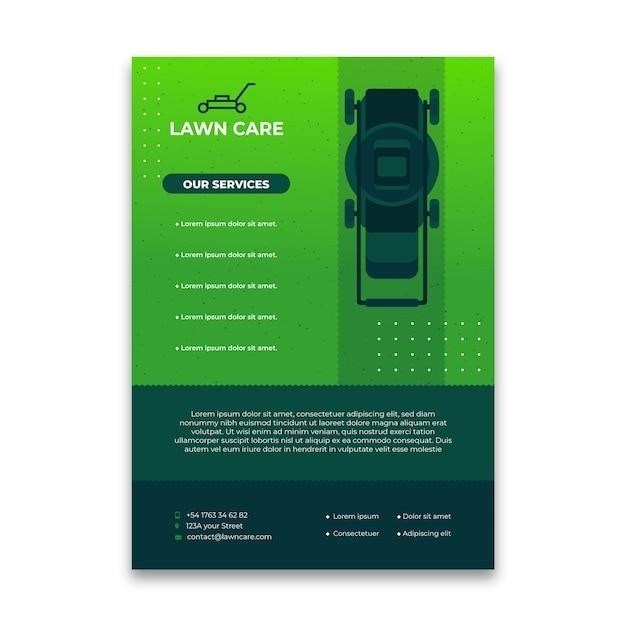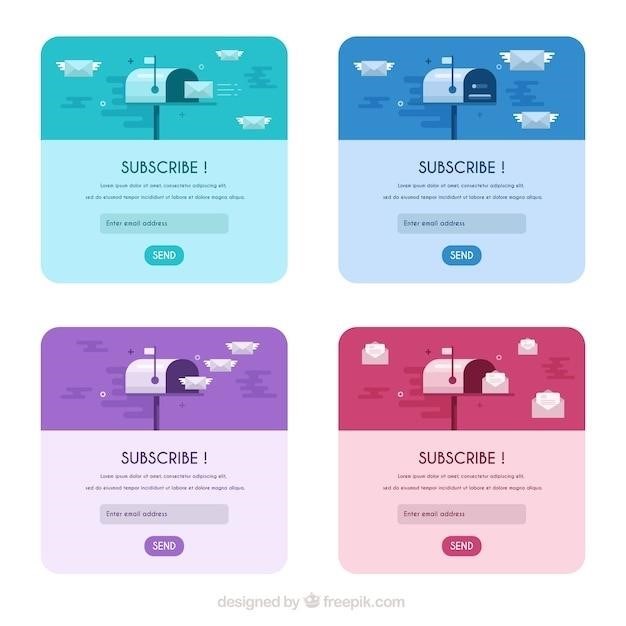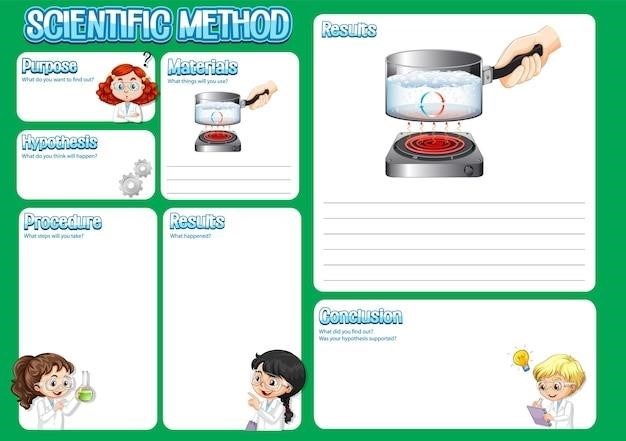Joe Dispenza’s Work
Dr. Joe Dispenza’s work explores the intersection of neuroscience, epigenetics, and quantum physics to demonstrate how people can heal themselves and live more fulfilling lives. He is known for his practical formulas, which guide individuals towards self-transformation and harnessing the power of the mind to create a better reality.
Introduction to Joe Dispenza
Dr. Joe Dispenza is a renowned author, researcher, and lecturer who has gained widespread recognition for his work exploring the mind-body connection and the potential for human transformation. He initially captured public attention as a featured scientist in the acclaimed film “What the BLEEP Do We Know!?” Since then, Dr. Dispenza has expanded his research and teachings to encompass a broader spectrum of topics, including neuroscience, epigenetics, and quantum physics.
Joe Dispenza’s Background and Expertise
Dr. Joe Dispenza holds a Doctor of Chiropractic degree and has extensive experience in the fields of neuroscience, brain function, and human behavior. He has conducted extensive research and developed practical methods for personal growth and transformation, drawing upon insights from various disciplines, including quantum physics, epigenetics, and ancient wisdom traditions. Dr. Dispenza’s expertise lies in his ability to bridge the gap between scientific understanding and practical applications, empowering individuals to take control of their lives and create positive changes.
Key Themes in Joe Dispenza’s Work
Joe Dispenza’s work centers around the power of the mind to shape reality. He emphasizes the concept of neuroplasticity, the brain’s ability to change and adapt, and highlights the role of meditation, visualization, and conscious intention in influencing our thoughts, emotions, and ultimately, our physical experiences. Dispenza’s teachings explore the placebo effect, demonstrating how our beliefs can influence our health and well-being, and delve into the implications of quantum physics for understanding consciousness and the interconnectedness of all things. He encourages individuals to break free from limiting beliefs and tap into their innate potential to create a more fulfilling and joyful life.
Joe Dispenza’s Books
Joe Dispenza has authored several books exploring the power of the mind and its ability to heal and transform.
You Are the Placebo
In his New York Times bestseller, You Are the Placebo, Dr. Joe Dispenza delves into the profound impact of the placebo effect, arguing that it is not just a curious phenomenon but a fundamental aspect of our being. Through a combination of scientific research and personal anecdotes, he reveals how our beliefs and expectations shape our physical reality, demonstrating that we possess the power to heal ourselves through conscious mind-body connection.
Breaking the Habit of Being Yourself
Joe Dispenza’s book, Breaking the Habit of Being Yourself, delves into the transformative power of neuroplasticity and the ability to rewire our brains to break free from limiting patterns of thought and behavior. He challenges readers to examine their habitual responses and explore the potential for creating new neural pathways that support greater self-awareness, emotional intelligence, and conscious control over their lives. This book offers practical exercises and techniques for cultivating mindfulness and harnessing the power of the mind for personal growth.
Becoming Supernatural
Joe Dispenza’s Becoming Supernatural is a groundbreaking exploration of the extraordinary potential of the human mind. Drawing on his extensive research in neuroscience, epigenetics, and quantum physics, Dispenza reveals how individuals can tap into their innate abilities to transcend limitations and manifest desired outcomes. This book provides a roadmap for unlocking the subconscious mind’s power through meditation, visualization, and conscious intention, paving the way for radical self-transformation and a life of purpose and fulfillment.
Evolve Your Brain
Joe Dispenza’s Evolve Your Brain delves into the remarkable plasticity of the human brain, highlighting its capacity for transformation and growth. Dispenza outlines the science behind neuroplasticity, demonstrating how our thoughts, beliefs, and experiences directly shape the structure and function of our brains. He presents a compelling case for taking control of our neural pathways, emphasizing the power of mindfulness, meditation, and intentional practices to cultivate positive change and unlock the brain’s full potential.
The Secret Language of the Heart
In The Secret Language of the Heart, Joe Dispenza delves into the profound connection between the heart and the brain, exploring how this intricate relationship influences our physical and emotional well-being. He highlights the heart’s electromagnetic field, its ability to communicate with the brain, and its role in shaping our perceptions and experiences. Dispenza emphasizes the importance of cultivating heart coherence, a state of emotional balance and harmony, as a key to accessing higher consciousness and promoting personal transformation.
Joe Dispenza’s Teachings
Joe Dispenza’s teachings emphasize the power of the mind to influence the body, heal illness, and achieve personal transformation.
The Power of the Mind
Joe Dispenza’s work emphasizes the profound potential of the human mind. He believes that our thoughts, beliefs, and emotions have a direct impact on our physical and mental well-being; He advocates for taking control of our minds, breaking free from limiting thought patterns, and harnessing the power of the mind to create positive change. Dispenza’s teachings delve into the concept of neuroplasticity, the brain’s ability to rewire itself, and how we can intentionally shape our brains through focused practices like meditation and visualization.
The Placebo Effect
Joe Dispenza explores the placebo effect not as a mere anomaly but as a powerful testament to the mind’s ability to influence the body. He argues that the placebo effect is not simply a psychological phenomenon but a reflection of our inherent capacity to heal ourselves. Dispenza’s work delves into the scientific basis behind the placebo effect, demonstrating how our beliefs and expectations can trigger physiological changes that impact our health. This understanding empowers individuals to take an active role in their own well-being by cultivating positive beliefs and harnessing the power of the mind.
Neuroplasticity and Brain Change
Joe Dispenza emphasizes the concept of neuroplasticity, the brain’s remarkable ability to change and adapt throughout life. He emphasizes that our thoughts, beliefs, and experiences literally reshape the structure and function of our brains. Through practices like meditation and visualization, we can intentionally rewire neural pathways and create new habits and patterns of thinking. Dispenza’s work highlights the empowering nature of neuroplasticity, demonstrating how we can actively cultivate positive changes in our minds and lives by consciously engaging in practices that promote brain rewiring.
Meditation and Visualization
Joe Dispenza’s work heavily emphasizes the power of meditation and visualization as tools for personal transformation. He guides individuals in harnessing the power of the mind to create intentional changes in their lives. Through guided meditations and visualization techniques, Dispenza encourages individuals to access their subconscious minds, break free from limiting beliefs, and cultivate new thought patterns that align with their desired outcomes. His teachings emphasize the importance of regular practice to cultivate a deeper connection with the subconscious and manifest a more fulfilling reality.
Quantum Physics and Consciousness
Joe Dispenza integrates principles of quantum physics into his teachings, exploring the interconnectedness of consciousness and the physical world. He posits that our thoughts and beliefs influence the quantum field, which in turn impacts our reality. Dispenza suggests that by aligning our consciousness with our desired outcomes, we can manifest change on a quantum level. His work highlights the potential for consciousness to transcend the limitations of the physical world, suggesting that we are not merely passive observers but active participants in shaping our reality.
Accessing Joe Dispenza’s Work
Joe Dispenza’s work is readily accessible through his website, books, audiobooks, and workshops, allowing individuals to explore his teachings and apply them to their own lives.
Joe Dispenza’s Website
Dr. Joe Dispenza’s official website serves as a central hub for accessing his work. It provides a wealth of information about his teachings, including articles, videos, and audio recordings. Visitors can explore the various aspects of his philosophy, from the power of the mind to the science behind spontaneous remissions. The website also features a shop where individuals can purchase his books, audiobooks, and other resources. Additionally, it offers details about his workshops and retreats, providing opportunities for in-depth learning and personal transformation.
Joe Dispenza’s Books in PDF Format
While finding Dr. Joe Dispenza’s books in official PDF format might be challenging, numerous online platforms offer unofficial versions. These platforms often provide free downloads of his books, including “You Are the Placebo,” “Breaking the Habit of Being Yourself,” and “Becoming Supernatural.” However, it’s important to be cautious when downloading from unofficial sources, as the quality and legitimacy of these PDFs may vary. Consider researching the platform’s reputation and ensuring the downloaded file is virus-free before accessing it.
Joe Dispenza’s Audiobooks
For those who prefer listening to reading, Dr. Joe Dispenza’s audiobooks offer a convenient way to engage with his teachings; These audiobooks are available on popular platforms like Audible and iTunes, allowing listeners to access his insights while commuting, exercising, or simply relaxing. Audiobooks provide a unique experience, allowing the listener to fully immerse themselves in Dispenza’s words and absorb his concepts at their own pace. The auditory format also allows for a more relaxed and engaging learning experience, making it ideal for those who prefer a different approach to consuming information.
Joe Dispenza’s Workshops and Retreats
Dr. Joe Dispenza offers a variety of workshops and retreats that provide a more immersive experience with his teachings. These events are designed to help participants delve deeper into his concepts, engage in practical exercises, and connect with a community of like-minded individuals. From advanced workshops exploring the science of transformation to retreats focused on specific themes like healing or manifesting, Dispenza creates opportunities for individuals to accelerate their personal growth and unlock their true potential. These events are often held in beautiful locations worldwide, offering a unique blend of learning, connection, and personal exploration.

Joe Dispenza’s Impact
Joe Dispenza’s work has significantly impacted personal growth, health and wellness, and spirituality, inspiring millions worldwide.
Joe Dispenza’s Influence on Personal Growth
Joe Dispenza’s teachings have profoundly impacted personal growth by empowering individuals to break free from limiting beliefs and negative patterns. His books and workshops provide practical tools and techniques for self-transformation, helping people to cultivate self-awareness, develop emotional intelligence, and create positive change in their lives. By emphasizing the power of the mind and the potential for neuroplasticity, Dispenza inspires individuals to take control of their thoughts, emotions, and ultimately, their destiny.
Joe Dispenza’s Influence on Health and Wellness
Joe Dispenza’s work has significantly influenced the health and wellness landscape by promoting a holistic approach to well-being. He emphasizes the mind-body connection, highlighting the role of thoughts, emotions, and beliefs in shaping physical health. Dispenza’s teachings encourage individuals to take an active role in their health, utilizing techniques like meditation, visualization, and neuroplasticity to promote healing and enhance overall well-being. His work challenges traditional medical paradigms and inspires individuals to explore the potential of their own bodies for self-healing and optimal health.
Joe Dispenza’s Influence on Spirituality
Joe Dispenza’s work has had a profound impact on spirituality by bridging the gap between science and ancient wisdom. He integrates principles from quantum physics, neuroscience, and Eastern spiritual traditions to offer a unique perspective on the nature of consciousness and the potential for spiritual awakening. Dispenza’s teachings encourage individuals to explore their inner potential, transcend limitations, and tap into a higher state of being. His emphasis on the power of the mind and the interconnectedness of all things has resonated with individuals seeking deeper meaning and purpose in their lives.


















